Do you need a style as a photographer? If you go on YouTube or any of the socials, you would certainly think so. But really?
In this post I will argue that having a particular, consistent look to your photographs (usually through choice of subject or approach to composition or editing) may have benefits, but comes at a significant cost to your development as a photographer.
The images I have included in this post are of my favourite subject - trees. Portraits are often about responding to the subject and surrounding environment to best capture what is special about the subject. These images are not meant to be a coherent collection but demonstrates the options to tell a story when a consistent style is not a consideration.
There are some circumstances where a consistent style is important. If your focus is on commercial, client-based work, it is essential that potential clients know what they are buying. Consistency is also important when working across a collection of images, such as a webpage portfolio, a book or an exhibition. This might be your Instagram account.
Much of the advice about getting a consistent look relates to attracting followers. While a coherent Instagram gallery is an aesthetic choice, and there are some beautiful galleries out there, what are you giving up?
When I look at retrospectives of famous photographers, invariably they are known for a relatively small number of images that are considered representative of their career - a small proportion of their total output. What were their other photographs like? How did they get to the point where they produced these bodies of work? Does this say more about the audience and their expectations rather than a photographer’s commitment to a style?
Like many painters, Picasso changed “styles” throughout his career - from more traditional approaches in his formative years to the avant-garde of Barcelona to his blue and rose periods associated with living in Paris, and then cubism and a series of changing approaches later in life. Each transition was difficult and often came with significant criticism. But these changes were aligned with how he wanted to express himself. If it is good enough for him, it is good enough for the rest of us.
But what about those of us early in our photography journey? I have been reading a fantastic little book by Mary Oliver called A Poetry Handbook. She starts by emphasising the importance of learning the craft through doing.
“Whatever can’t be taught, there is a great deal that can, and must, be learned. …… It is craft, after all, that carries an individual’s ideas to the far edge of familiar territory.”
But, Mary emphasises, do not fall into a rut. She complains that poetry students are encouraged to just write a poem and then typically encouraged to write more (which sounds a lot like encouraging consistent content creation). “After four or five poems, he or she is already in a rut, having developed a way of writing without ever having the organised opportunity to investigate and try other styles and techniques.”
“Quickly, then, the student falls into a manner of writing, which is not a style but only a chance thing, vaguely felt and not understood, or even, probably, intended. Continuing in this way, the writer never explores or tries out other options.”
Mary talks about how a style will evolve. She talks about the importance of imitation as a way of learning – “You would learn very little in the world if you were not allowed to imitate” – and repeat until you have a solid grounding and it becomes second nature.
People have said to me that they knew a photo of a temperate rainforest on Instagram was one of mine. I was inordinately pleased with the compliment it was intended to be. But perhaps I should have been concerned. Have I stopped experimenting?
“A poet develops his or her own style slowly, over a long period of working and thinking – thinking about other styles, among other things. Imitation fades as a poet’s own style – that is, the poet’s own determined goals set out in the technical apparatus that will best achieve those goals – begins to be embraced.”
Invariably over time, preferences solidify, and a particular look develops, especially around a particular theme or project. No-one should rush to get there – often editing choices that seemed a good idea in the early days is looked back on with embarrassment. Preferences should change with experience, through learning the craft in service of the goals you set.
A benefit of writing a regular newsletter is that it forces you to think about what you want to say, and produce or curate the images that support that intent. This is far more important than being known for a particular look.
To end, Mary had some thoughts on what is important in art, and it’s not style.
“Emotional freedom, the integrity and special quality of one’s own work – these are
not the first things, but the final things. Only the patient and diligent, as well as
the inspired, get there.”


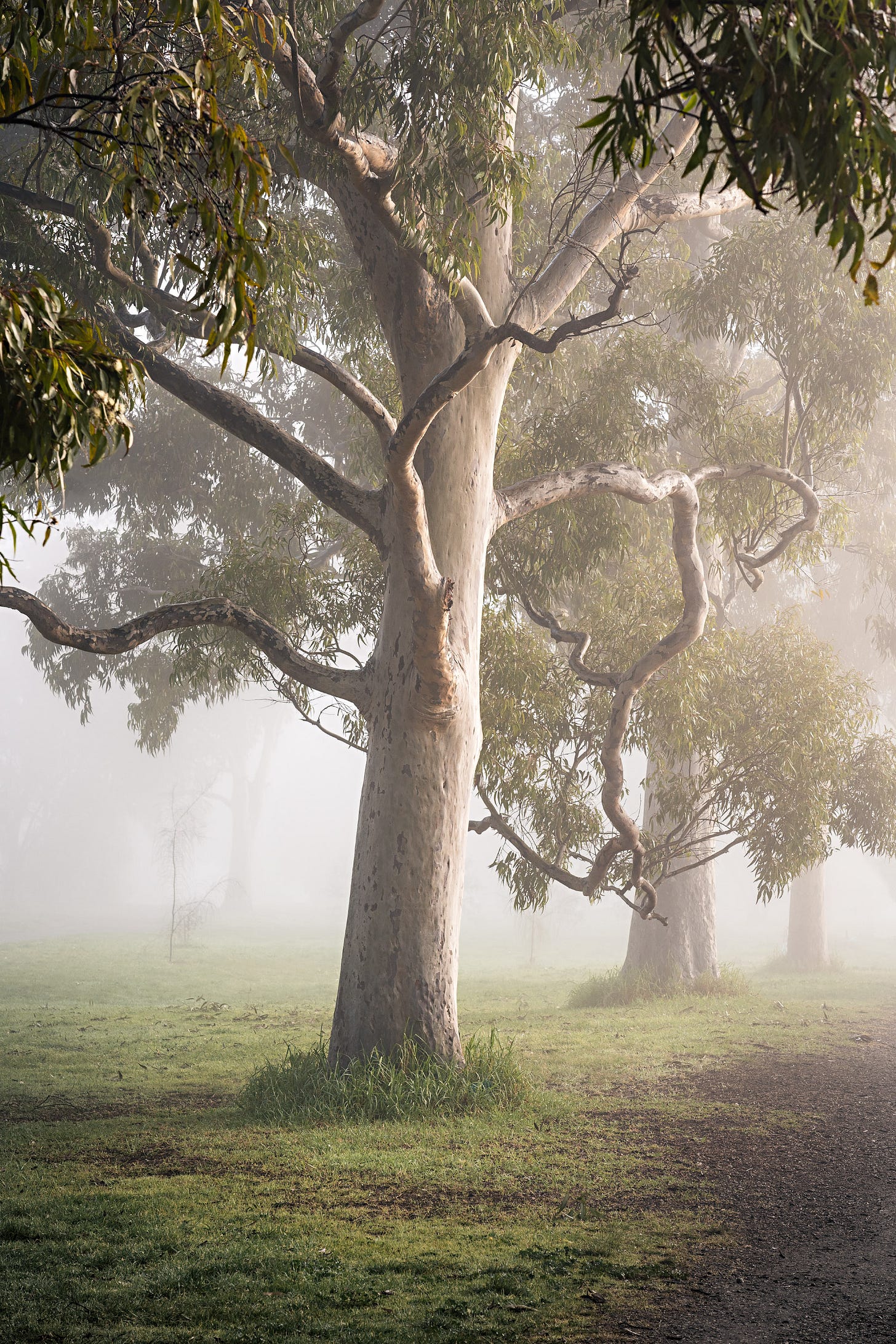
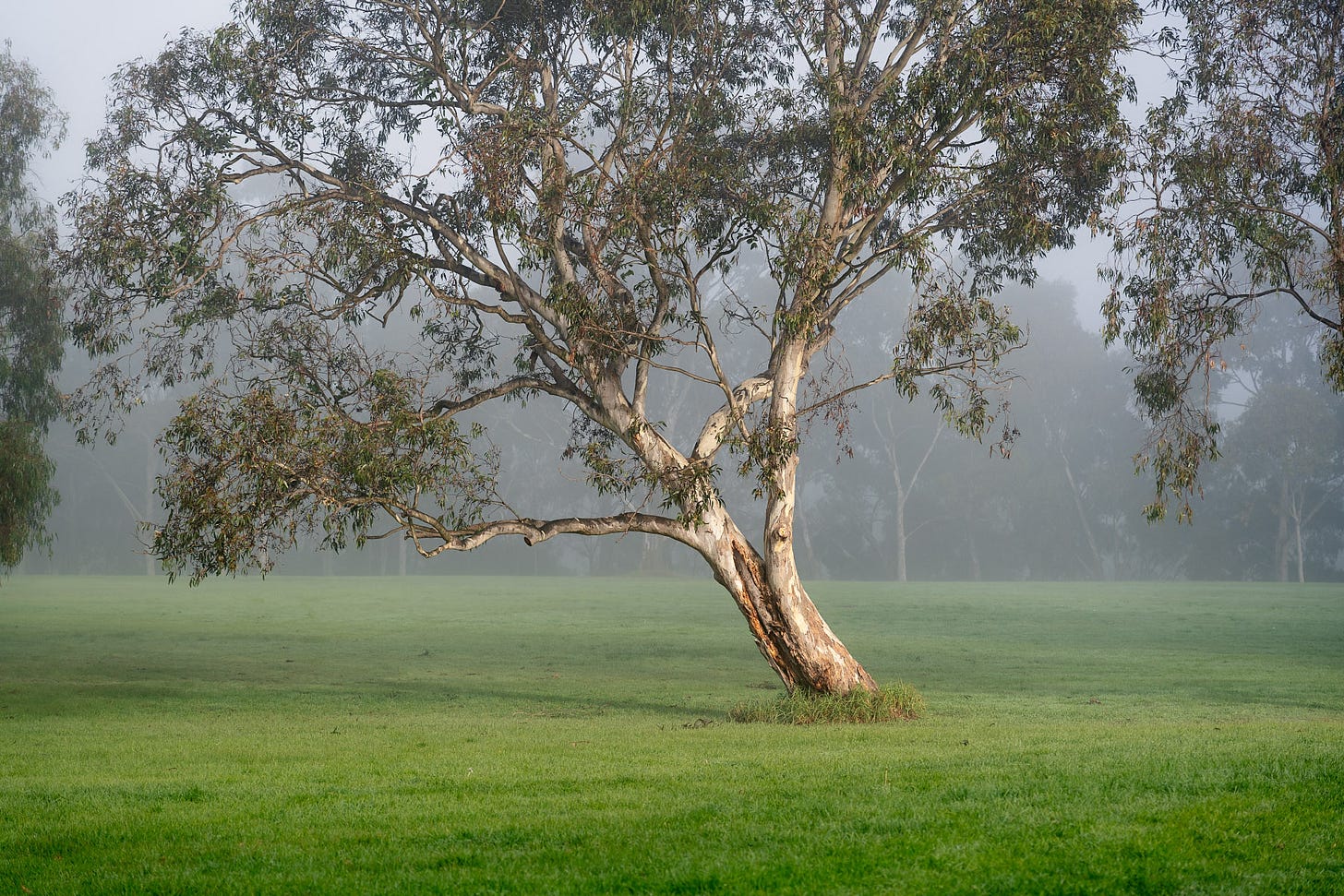
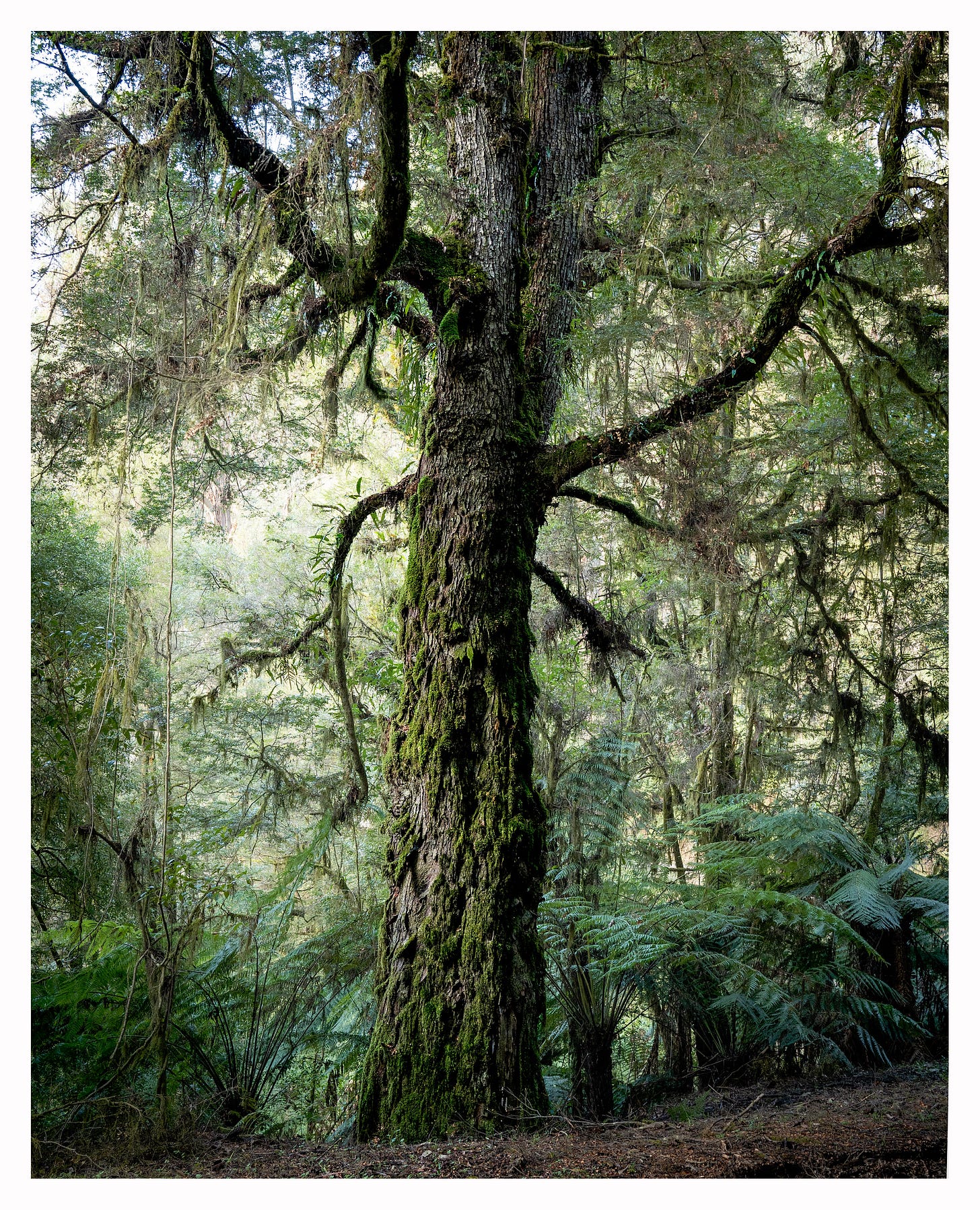
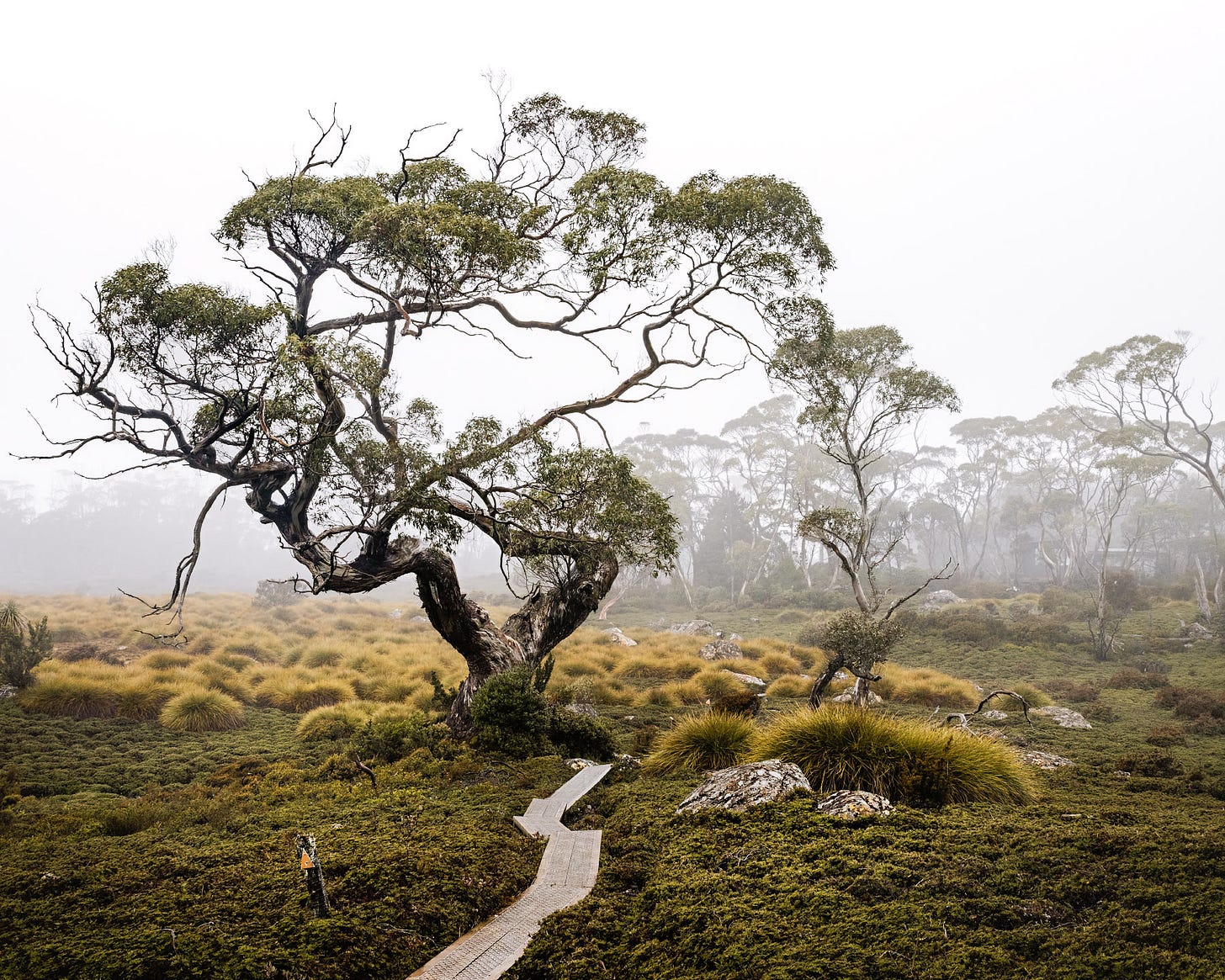
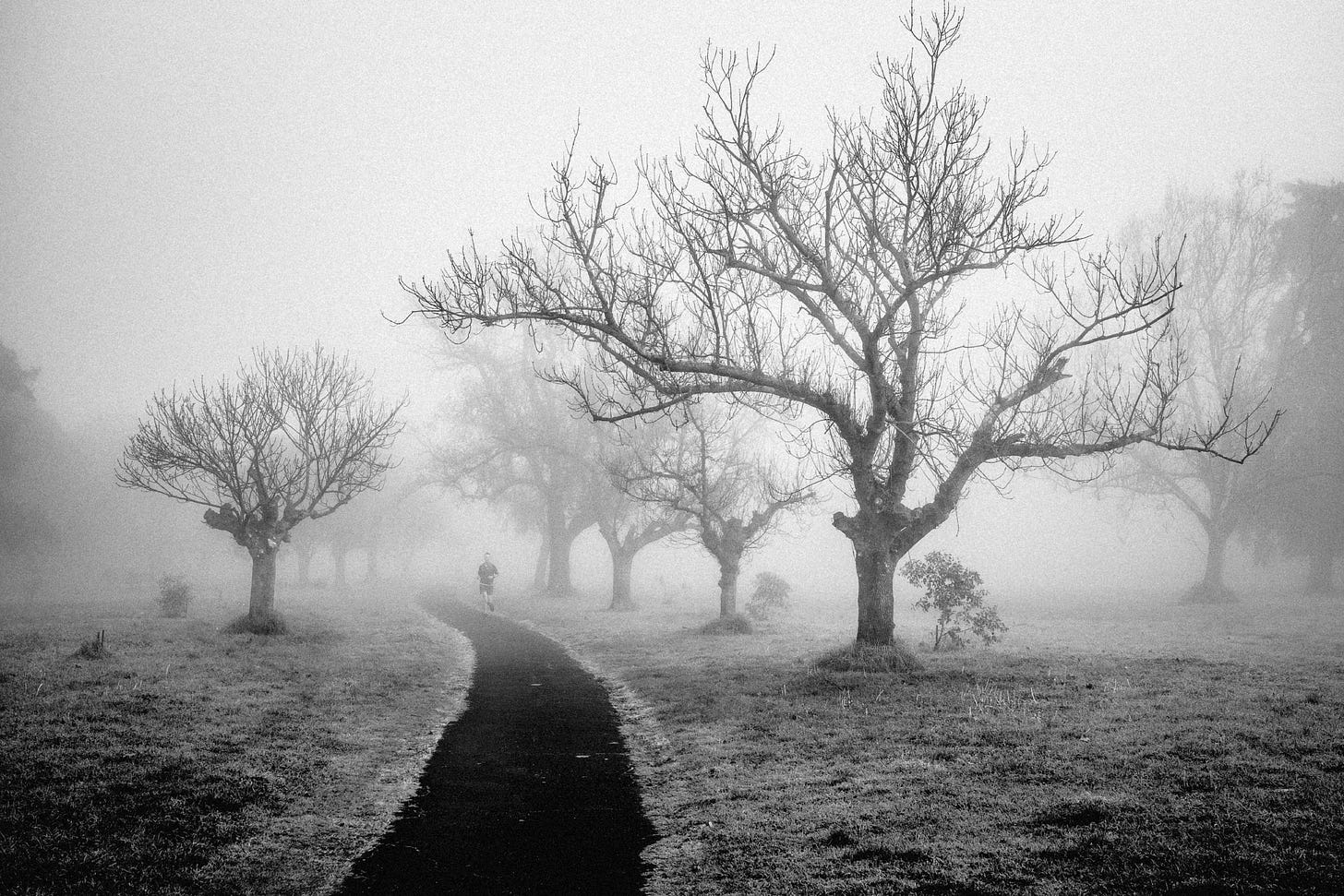
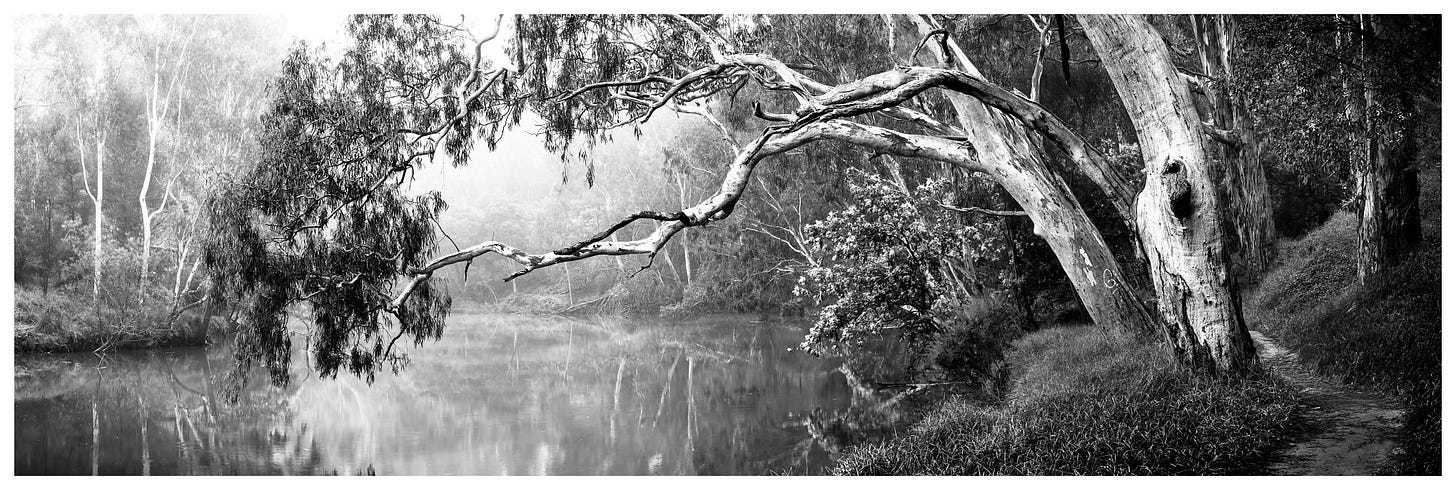
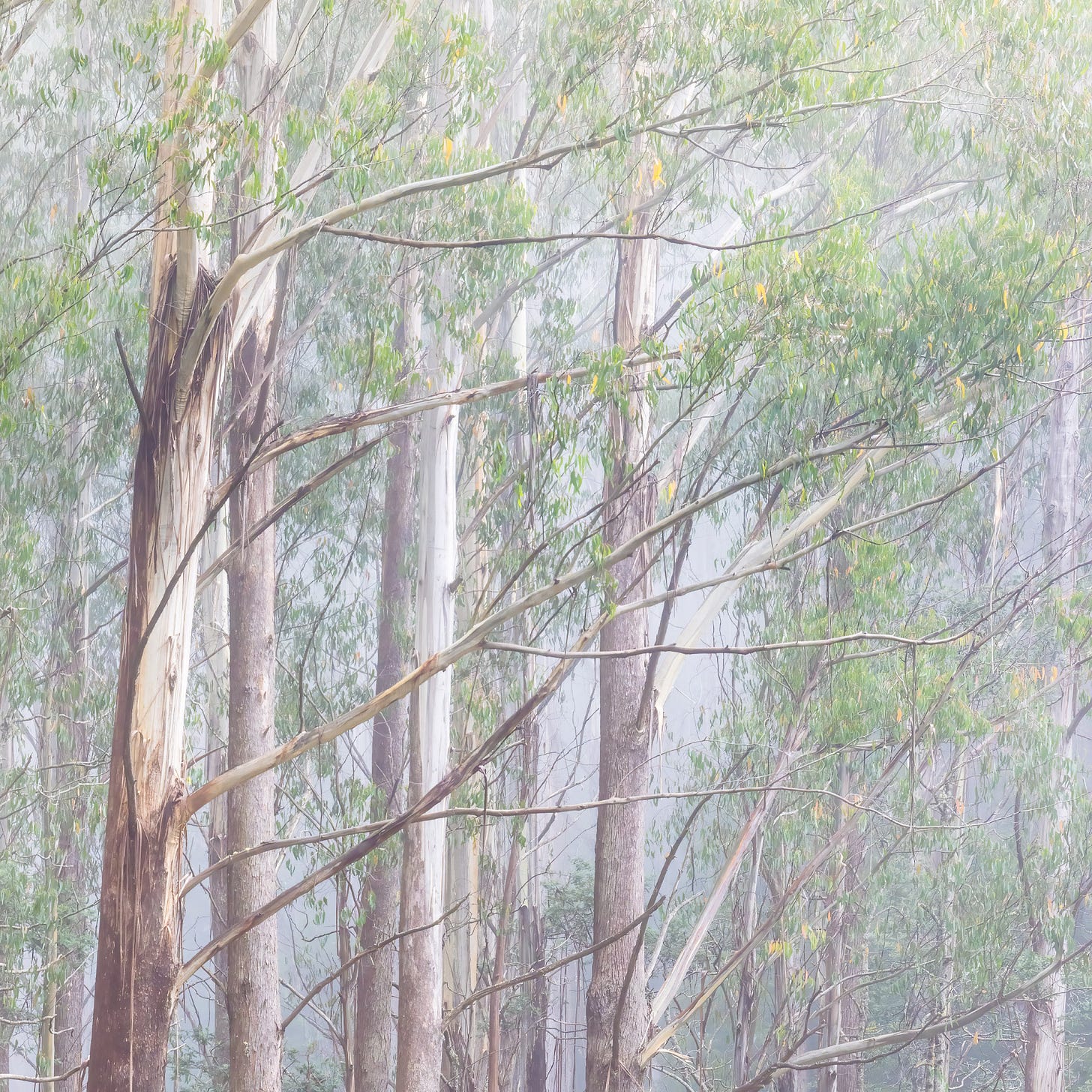
Ha! I am just finishing up a post about that topic together with Juliette Mansour. I completely agree with what you say about style in photography - if you work with clients I find it important to have a distinctive aestehtic or „style“. But as a photographer who makes art I find other elements much more important.
Style or not - your photographs are absolutely amazing (as always)!
A really interesting article James with some beautiful images. I think you have a well developed and distinctive style and your images really stand out.
Style is something I think about and have written about too. I believe it comes from the things that inspire us, from how we react to them photographically and from the way we choose to process our images. I think it develops over time and evolves as we grow photographically. I think having a consistent style is good for project work and books etc but we shouldn't let it constrain us.
I think I have a distinctive style which I didn't set out to achieve. I am not sure if I have fallen into a rut, but I try to vary my subjects and the projects I take on so hopefully this will keep my work fresh.
I really enjoyed the Mary Oliver quotes and will check out the book.